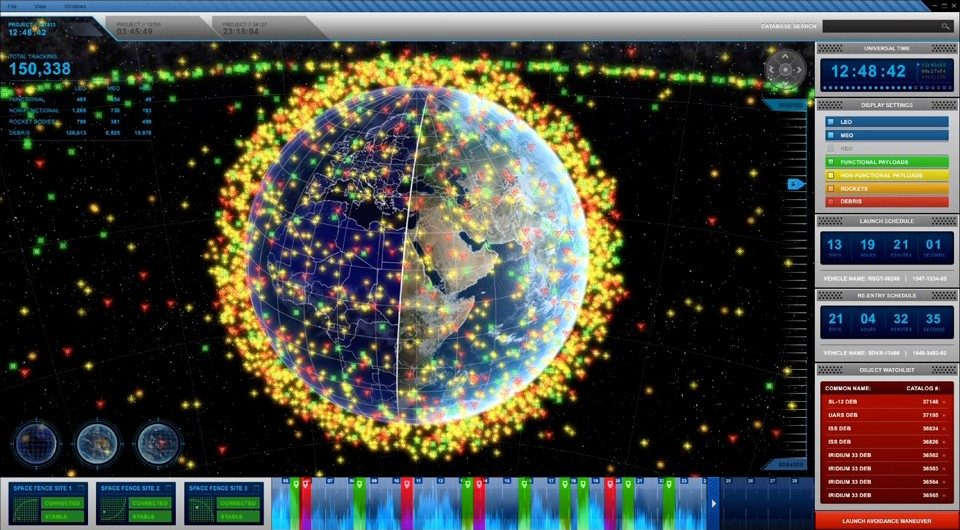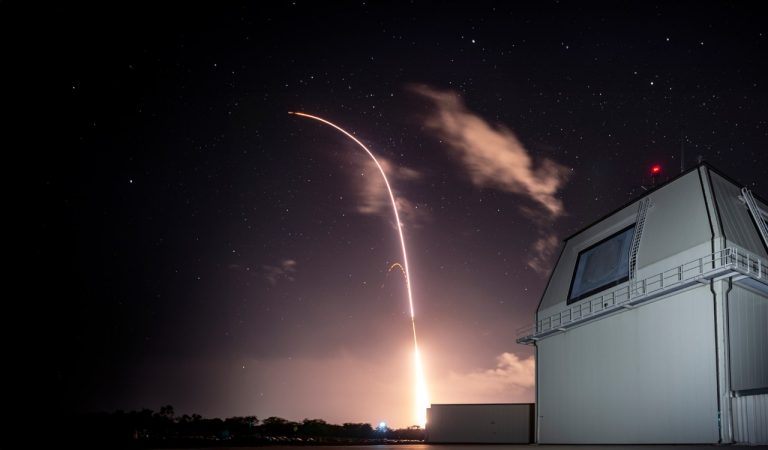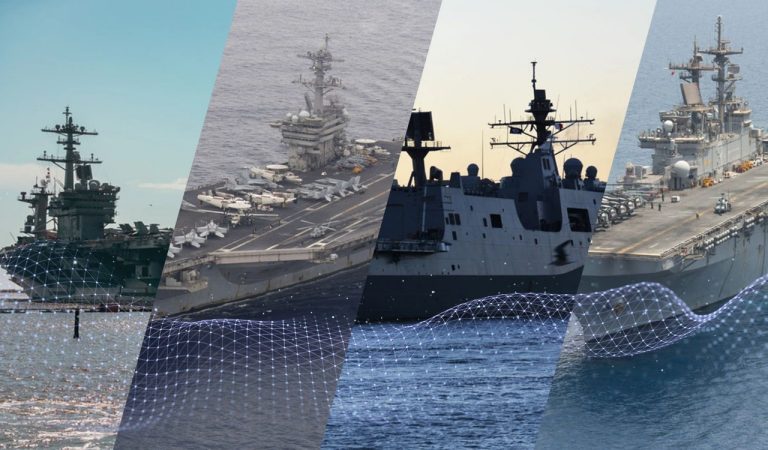Jindalee Operational Radar Network (JORN)
Mission:
Requirements:
Australia required an over-the-horizon radar system that would:
- Track objects to a greater distance as compared to other long-range radar systems.
- Operate at a range of 1,000-3,000 km
- Achieve operational availability greater than 98%
- Detect air and surface targets
Solution/Results:
The JORN network comprises three active, over-the-horizon radar systems that work as an integrated surveillance network to provide coverage of Australia’s northern approaches. The network ensures national security and Phase 6 will extend the Life of Type to beyond 2040.
The integrated network is able to “see” objects beyond-line-of-sight by bouncing radio waves off of the ionosphere, which is the upper part of the atmosphere containing particles that have been ionized by the sun. The radars’ sensors can detect airborne and maritime threats, and the data is then transmitted to the Australian Air Force.

Creating a Space Fence for Situational Awareness and Space Safety
Mission:
Requirements:
The U.S. Air Force required a system that would enhance space situational awareness and provide greater coverage and detection capabilities, in addition to:
- Creating the ability to detect and track smaller target size
- Replacing the Air Force Space Surveillance System constructed in the 1960s
- Increasing its space junk catalog from 20,00 to 200,000 objects
Solution/Results:
With better situational awareness and tracking systems, collisions and dangers from space debris can be avoided. Lockheed Martin’s Space Fence solution, an advanced ground-based radar system, enhances the way the U.S. detects, tracks and measures more than 200,000 orbiting objects and space debris with improved accuracy and better timeliness. Where the current system could track softball-sized objects, Space Fence will track golf-ball or marble-sized objects, resulting in increased precision in detection.
Space Fence is transforming the future of space situational awareness while protecting our nation’s space assets.






